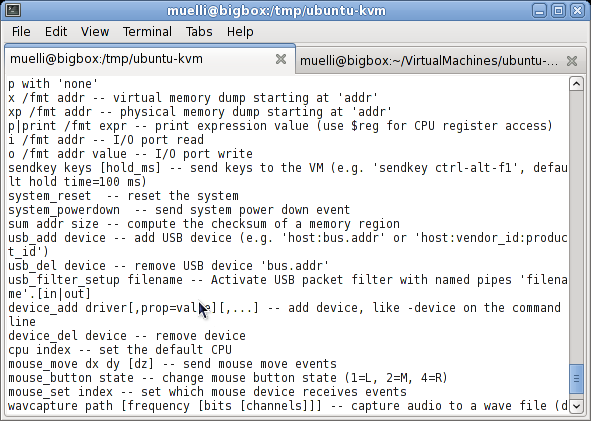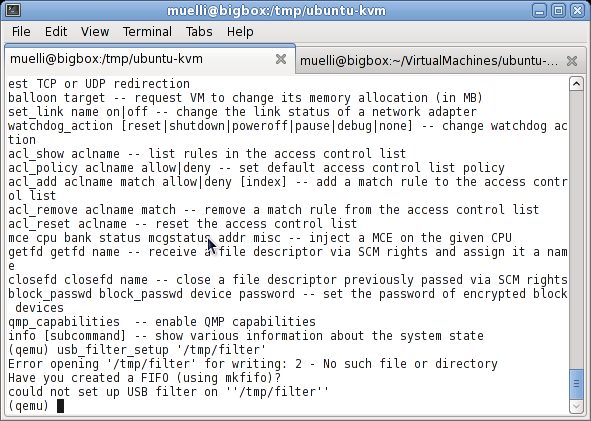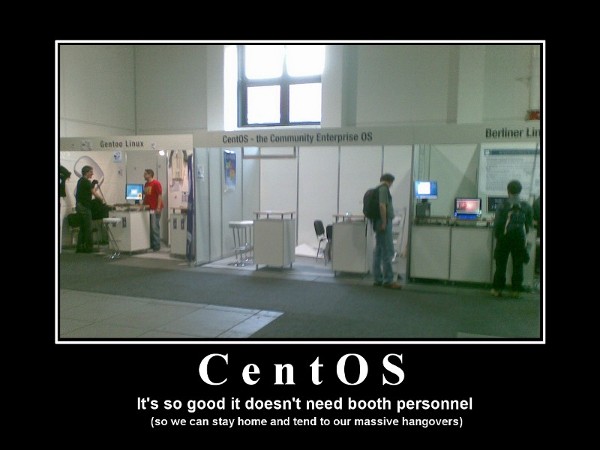I am happy to announce the results of this years Board of Directors Elections.
At first, we had too few candidates to actually fill the 7 seats in the board. But then the deadline for announcing a candidacy was pushed back and more people considered becoming a member of the Board. So we went into the voting phase with 11 candidates.
The voting itself worked well. I knew the system from last years elections but haven’t written the necessary steps down because I was mostly exploring and not knowing whether my attempts would result in anything next to useful. But this year I have taken notes along the way and I hope to be able to provide a good documentation.
The question period was a bit weird. Nobody really came up with questions for the candidates, as if nobody cared. I encouraged the peolpe to either send the questions directly, or better, send them to the Membershi p and Elections Commitee so thaat we can sort and sift through them. But nothing happened. I decided to not give any questions right away, because I sure wanted the Foundation members to participate. But if nobody asked a question, I’d have sooner or later released those questions:
- Why are you running for Board of Directors? What will you do more or
better than previous years Boards have done?
- What do you think is the most important item on the Board’s agenda
right now?
- How do you manage your time and that of others? Are you good at
working with others including those who might have a differing opinion
than yours and try to reach consensus and agree on actions?
- How are you going to manage your current contributions to GNOME once
you become a Board Member?
- What are your plans to encourage and mentor contributions to GNOME
from Latin America, Africa and Asia? How would you increase community
participation?
- Which parts of the GNOME project do you think work well and would like to encourage further?
- What would you do to increase community participation in the GNOME community and GNOME elections?
- Do you have any thoughts on how to expand the developer base?
- How much familiar are you with the day-to-day happenings of GNOME? How much do you follow and participate in the main GNOME mailing lists?
- Please rank your interests:
- GNOME evangelizing to government, enterprise, small business, and individuals
- GNOME marketing and merchandising of branded items nationally and internationally
- GNOME legal issues like copyright and patents
- GNOME finances and fund raising
- Alliance with other organizations.
To count the votes, we used OpenSTV (r771). But to use it comfortably, I had to patch it. As we use Scottish STV this year, counting votes is as easy as opening OpenSTV, opening the Ballot file and pressing OK.
The people that are elected into the Board of Directors are:
Congrats and thanks for running.
Sadly, we had a few people showing up, who did not renew their membership in time and could thus not take part in the voting process. I wonder why that is. Is the renewal process not effective enough? If you have any suggestions, please leave them either in the comments or via mail.
Running the elections was challenging, because I was really busy with exams and other obligations. Fortunately, the Membership and Elections Committee was helpful and we managed to have a smooth election process, i.e. not like last year 😉 Anyway, I hope to see most of the Board members at GUADEC 🙂









